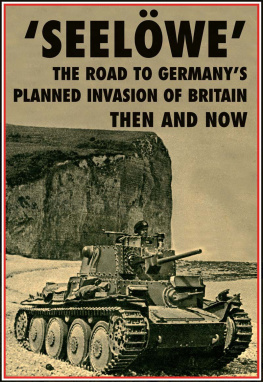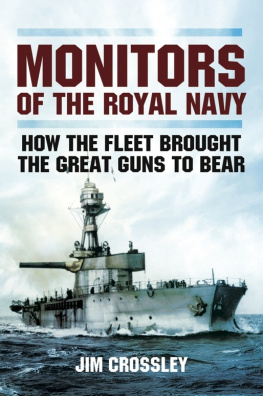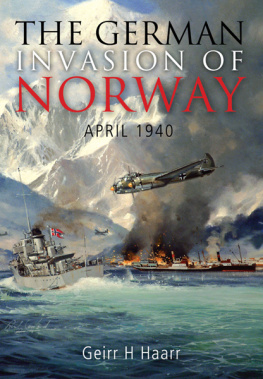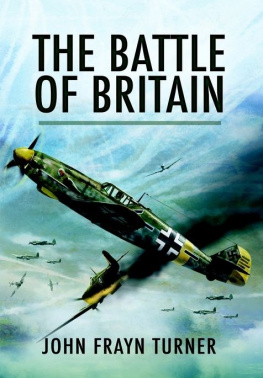Hewitt - Hitlers Armada : the German invasion plan, and the defence of Great Britain by the Royal Navy, April - October 1940
Here you can read online Hewitt - Hitlers Armada : the German invasion plan, and the defence of Great Britain by the Royal Navy, April - October 1940 full text of the book (entire story) in english for free. Download pdf and epub, get meaning, cover and reviews about this ebook. City: Barnsley, Grossbritannien, year: 2008, publisher: Pen and Sword, genre: History. Description of the work, (preface) as well as reviews are available. Best literature library LitArk.com created for fans of good reading and offers a wide selection of genres:
Romance novel
Science fiction
Adventure
Detective
Science
History
Home and family
Prose
Art
Politics
Computer
Non-fiction
Religion
Business
Children
Humor
Choose a favorite category and find really read worthwhile books. Enjoy immersion in the world of imagination, feel the emotions of the characters or learn something new for yourself, make an fascinating discovery.
Hitlers Armada : the German invasion plan, and the defence of Great Britain by the Royal Navy, April - October 1940: summary, description and annotation
We offer to read an annotation, description, summary or preface (depends on what the author of the book "Hitlers Armada : the German invasion plan, and the defence of Great Britain by the Royal Navy, April - October 1940" wrote himself). If you haven't found the necessary information about the book — write in the comments, we will try to find it.
The book presents fascinating detail of Hitlers Operation SEALION and, by study of its weaknesses, demonstrates that control of the sea, not the air, was the critical factor. It also questions whether the traditional British view of the importance of the Battle of Britain as the key factor in the prevention of invasion is really tenable.
The importance of the Royal Navy during this period, generally overlooked, is brought into sharp focus and, possibly for the first time, the actual dispositions of the Royal Navy anti-invasion forces are presented in detail. The author examines the relative strengths of the two sides drawing interesting conclusions about the inadequacies of the German resources particularly and their reliance on mine laying.
The author discusses the conflict between air and sea power in the months leading up to the summer of 1940, concluding that, at this stage of the Second World war, air power was far from supreme.
The findings of the author may be controversial, but the process by which they are reached strongly supports their validity.
REVIEWS
Any historian or general lover of history in Hitler, or the importance of the Germany Navy in WWII, will find this book immensely informative, yet still simple and understandable.
Nautical Research Journal, 03/2010
Hewitt: author's other books
Who wrote Hitlers Armada : the German invasion plan, and the defence of Great Britain by the Royal Navy, April - October 1940? Find out the surname, the name of the author of the book and a list of all author's works by series.





























